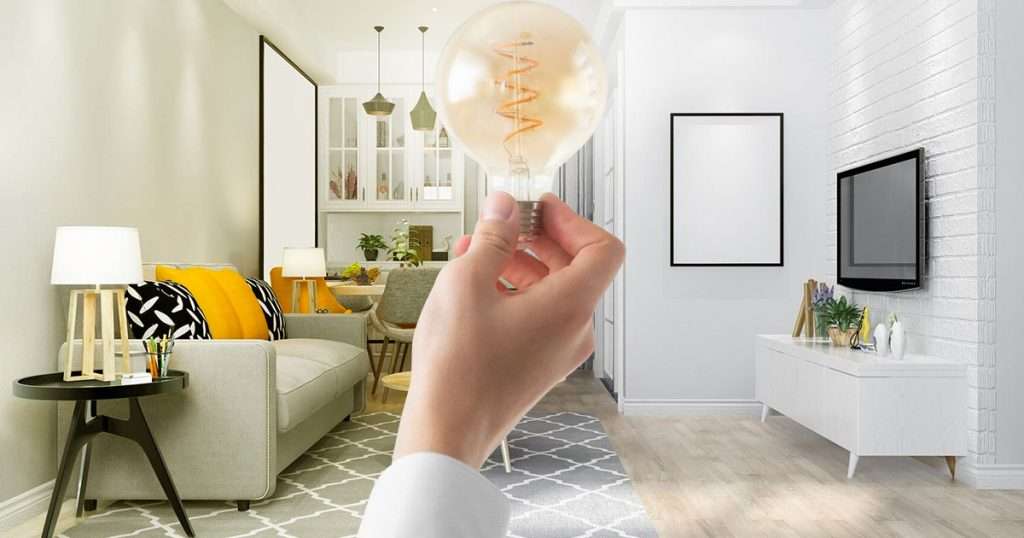When it comes to lighting your home or office, the type of bulb you choose can make a big difference in the atmosphere. Soft white and warm white bulbs are both popular choices. While they may appear the same, there are significant variances that might influence how your space appears and feels. See the difference between soft white and warm white light, their characteristics, and when each is best used.
What is soft white light?
Soft white light, also known as warm white light, gives off a cozy, yellowish glow. It’s great for spaces like living rooms, bedrooms, and dining areas where you want a warm and inviting feel. This form of light is easy on the eyes and contributes to a calming ambiance, making it ideal for resting after a long day.
Soft white light bulbs typically have a color temperature ranging from 2700K to 3000K. This range is similar to traditional incandescent bulbs, providing a warm, yellowish light that’s similar to candlelight. People often use soft white light in homes to create a comfortable and welcoming atmosphere.
What is warm white light?
Warm white light is comparable to soft white light but with a somewhat brighter and cooler tone. It’s often used in kitchens, bathrooms, and workspaces where you need a brighter, more energetic light. Warm white light can improve focus and productivity, making it an excellent choice for job lighting in situations where concentration is required.
Warm white light bulbs typically have a color temperature of 3000K to 3500K. This range is slightly cooler than soft white light, giving off a more neutral, white light with a hint of yellow or orange. Warm white light is commonly used in businesses to create a bright and welcoming environment.
Difference Between Warm White and Soft White Bulbs
The main difference between warm white and soft white light lies in their color temperature and the mood they create.
- Color Temperature: Warm white light bulbs usually have a color temperature between 2700K and 3200K, and soft white light bulbs have a color temperature between 2700K and 3000K. This implies that warm white light is slightly cooler than soft white light.
- Ambiance: Soft white light has a warmer, more yellowish hue, which creates a cozy and inviting atmosphere. It’s often used in living rooms, bedrooms, and dining areas to create a relaxing environment. Warm white light, while still warm and inviting, has a more balanced tone and appears slightly brighter and crisper compared to soft white light. It is commonly used in kitchens, bathrooms, and offices that require a brighter, more lively light.
- Application: Soft white light is ideal for areas where you want to unwind and relax, such as bedrooms and living rooms. Warm white light is more versatile and can be used in various settings, including kitchens, bathrooms, and home offices, where a balance between warmth and brightness is desired.
Warm white light is somewhat cooler and more balanced than soft white light, which is warmer and more soothing. The choice between the two depends on the mood and ambiance you want to create in your space.
Soft White vs. Warm White Bulbs: When to Choose
Choosing between soft white and warm white bulbs depends on the mood and atmosphere you want to create in a particular space. Here’s a guide to help you decide:
Soft White Bulbs:
- Choose soft white bulbs for areas where you want to create a cozy and inviting ambiance, such as living rooms, bedrooms, and dining areas.
- Soft white light is also suitable for spaces where you want to relax and unwind, as it has a warm, yellowish glow that is easy on the eyes.
Warm White Bulbs:
- Use warm white bulbs in areas where you need a slightly brighter, more energetic light, such as kitchens, bathrooms, and workspaces.
- Warm white light is also versatile and can be used in multi-purpose rooms or areas where you need both warmth and brightness.
The choice between soft white and warm white bulbs is based on your preferences and the ambiance you wish to create in each room. You can also consider mixing and matching both types of bulbs to create a customized lighting experience throughout your home.
Soft White vs. Warm White: The Best Time To Use Each
When deciding between soft white and warm white bulbs, consider the mood and atmosphere you want to create in each space. Soft white bulbs are ideal for creating a cozy and inviting ambiance, perfect for relaxing areas like living rooms and bedrooms. On the other hand, warm white bulbs offer a slightly brighter, more energetic light, making them suitable for task-oriented spaces like kitchens and bathrooms. By understanding the differences between these two types of bulbs, you can choose the right lighting to enhance the comfort and functionality of your home.

